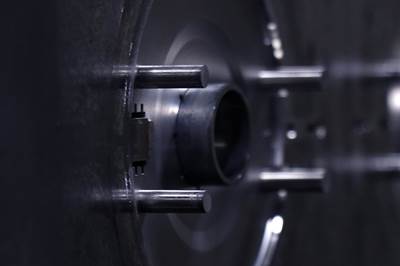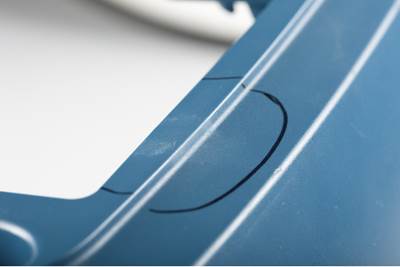Injection Know How
Bulk, Solid and Melt Density: How to Calculate These Values and Why They Matter — Part 1 of 2
How much resin is contained within a bucket, gaylord or hopper? That depends on the bulk density — a figure you need to learn how to calculate due to its impact on everything from storage and conveying to drying and molding.
Read MoreImportant Factors and Approaches to Estimating Residence Time in Injection Molding
Residence time can have a dramatic impact on part quality and production efficiency but determining its value can be tricky. Use these methods and formulas to accurately measure residence time and enable it to inform everything from scheduling jobs to optimizing a process.
Read MoreA Systematic Approach to Process Development
The path to a no-baby-sitting injection molding process is paved with data and can be found by following certain steps.
Read MoreGet the Most From Fiber-Reinforced Thermoplastic Composites Parts
There are five specific areas that designers and manufacturers need to consider to realize the potential of these unique materials.
Read MoreThree Key Decisions for an Optimal Ejection System
When determining the best ejection option for a tool, molders must consider the ejector’s surface area, location and style.
Read MoreStarting or Restarting an Injection Molding Machine — What Works Best?
Successfully starting or restarting an injection molding machine is less about ticking boxes on a rote checklist and more about individually assessing each processing scenario and its unique variables.
Read MoreHome In on These Six Variables to Monitor Molding
There are hundreds of variables in molding, but focusing on these six will help you make consistent parts.
Read MoreInjection Molding: Focus on these Seven Areas to Set a Preventive Maintenance Schedule
Performing fundamental maintenance inspections frequently assures press longevity and process stability. Here’s a checklist to help you stay on top of seven key systems.
Read MoreUsing Data to Pinpoint Cosmetic Defect Causes in Injection Molded Parts
Taking a step back and identifying the root cause of a cosmetic flaw can help molders focus on what corrective actions need to be taken.
Read MoreRevisiting the '5 M's' of Molding
All injection molding ultimately comes down to the “Man, Mold, Machine, Material and Method.” But those key aspects can be viewed differently if you’re auditing mold changes before startup or troubleshooting changes for an already validated process.
Read More


















